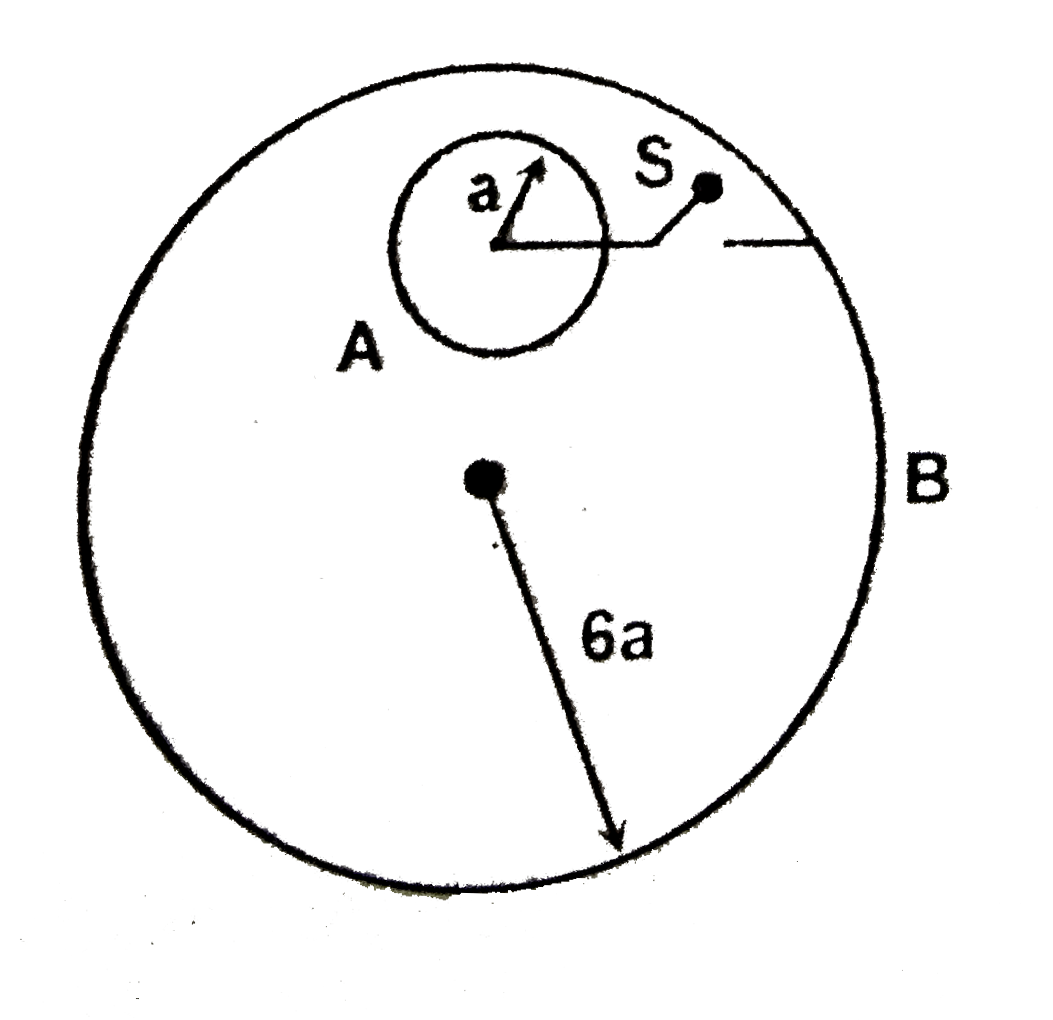The potential to which conductor is raised dependson
The amount of charge
Geometry of the conductor
Size of the conductor
All of these
To solve the question regarding the potential to which a conductor is raised, we need to analyze the factors that affect electric potential.
1. Understanding Electric Potential:
The electric potential (V) at a point in an electric field is defined as the amount of work done in bringing a unit positive charge from infinity to that point. For a conductor, the potential is influenced by the amount of charge it carries.
2. Charge on the Conductor:
The potential of a conductor is directly proportional to the amount of charge (Q) on it. This is expressed in the formula:
V=k⋅Q
where k is a constant that depends on the geometry of the conductor.
Hint: Consider how adding more charge to a conductor would affect its potential.
3. Geometry of the Conductor:
The geometry of the conductor also plays a significant role in determining its potential. The shape and arrangement of the conductor affect the distribution of electric field lines and, consequently, the potential at different points on the conductor.
Hint: Think about how different shapes (like spheres vs. cylinders) might influence the electric field and potential.
4. Size of the Conductor:
The size (or dimensions) of the conductor affects its resistance (R), which in turn influences the potential. The resistance can be calculated using the formula:
R=ρ⋅LA
where ρ is the resistivity, L is the length, and A is the cross-sectional area. A larger size can lead to lower resistance, which can affect the potential for a given charge.
Hint: Consider how increasing the size of a conductor might impact its ability to hold charge and its resistance.
5. Conclusion:
Since the potential of a conductor depends on the amount of charge, its geometry, and its size, we conclude that all these factors are interrelated. Therefore, the correct answer is:
Option 4: All of the above
Summary:
The potential to which a conductor is raised depends on:
- The amount of charge (Q)
- The geometry of the conductor
- The size of the conductor
Thus, the answer is Option 4: All of the above.
The electric potential (V) at a point in an electric field is defined as the amount of work done in bringing a unit positive charge from infinity to that point. For a conductor, the potential is influenced by the amount of charge it carries.
The potential of a conductor is directly proportional to the amount of charge (Q) on it. This is expressed in the formula:
V=k⋅Q
where k is a constant that depends on the geometry of the conductor.
The geometry of the conductor also plays a significant role in determining its potential. The shape and arrangement of the conductor affect the distribution of electric field lines and, consequently, the potential at different points on the conductor.
The size (or dimensions) of the conductor affects its resistance (R), which in turn influences the potential. The resistance can be calculated using the formula:
R=ρ⋅LA
where ρ is the resistivity, L is the length, and A is the cross-sectional area. A larger size can lead to lower resistance, which can affect the potential for a given charge.
Since the potential of a conductor depends on the amount of charge, its geometry, and its size, we conclude that all these factors are interrelated. Therefore, the correct answer is:
Option 4: All of the above
The potential to which a conductor is raised depends on:
- The amount of charge (Q)
- The geometry of the conductor
- The size of the conductor
Similar Questions
In the following question a statement of assertion (A) is followed by a statement of reason (R )
A : Electric potential of a positively charged body may be negative.
R : The potential of a conductor does not depend on the charge of the conductor.View SolutionThe potential difference between two conductors is 1 volt'. Explain the meaning of this statement.
View SolutionWhen 30μC charge is given to an isolated conductor of capacitance 5μF. Find out the following
(i) Potential of the conductor
(ii) Energy stored in the electric field of conductorView SolutionIf on applying the potential of 20V on a conductor its conductance becomes 8(Ω)−1, then the current flowing through it will be:
View SolutionA number of spherical conductors of different radii are charged to same potential. The surface charge density of each conductor is related with its radius as
View SolutionA charged spherical conductor of radius a and charge q is, surrounded by another charged concentric sphere of radius b(b>a). The potential differece between conductors is V. When, the spherical conductor of radius b is discharged completely, then the potential difference between conductor will be
View SolutionFor a given metallic conductor , the variation of current through the conductor with potential difference applied across the conductor is shown in the given graph. If temperature of the conductor is increased , then slope tan theta
_PHY_E01_0010_Q01.png) View Solution
View SolutionA spherical conductor of radius 2m is charged to a potential of 120V. It is now placed inside another hollow spherical conductor of radius 6m. Calculate the potential to which the bigger sphere would be raised
View SolutionAssertion: Conductors having equal positive charge and volume, must also have same potential.
Reason: Potential depends only on charge and volume of conductor.View Solution
A small spherical conductor 'A' of radias 'a' is initially charged to a potential 'V' and then placed inside an uncharged spherical conducting shell 'B' of radius 6a as shown. The potential of the spherical conductor 'A' after closing the switch S isView Solution

